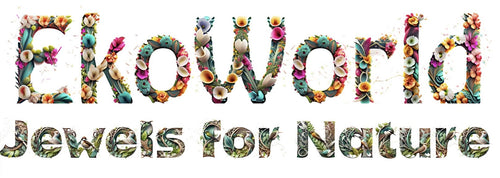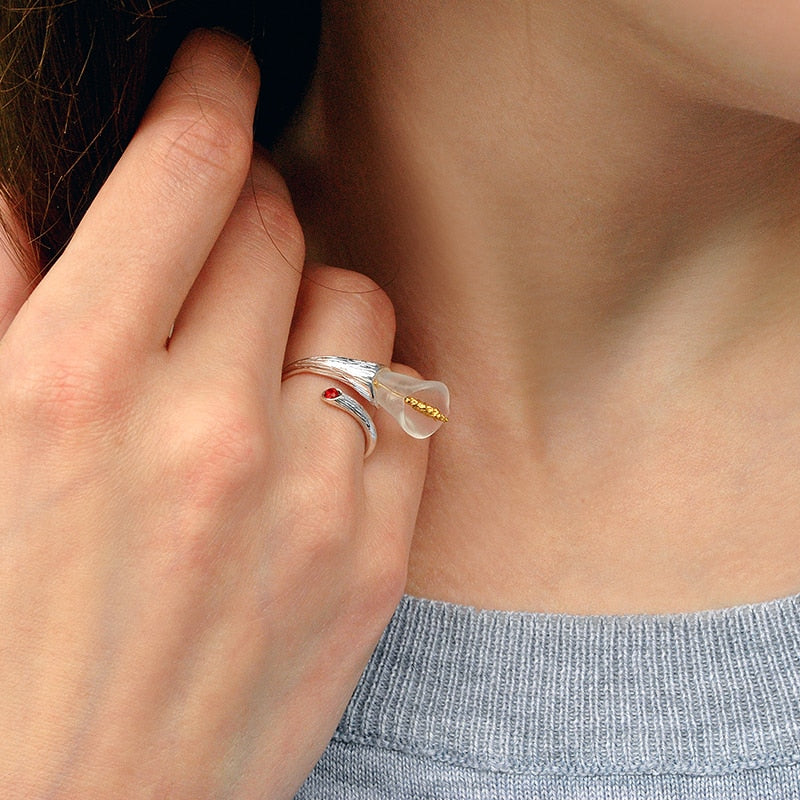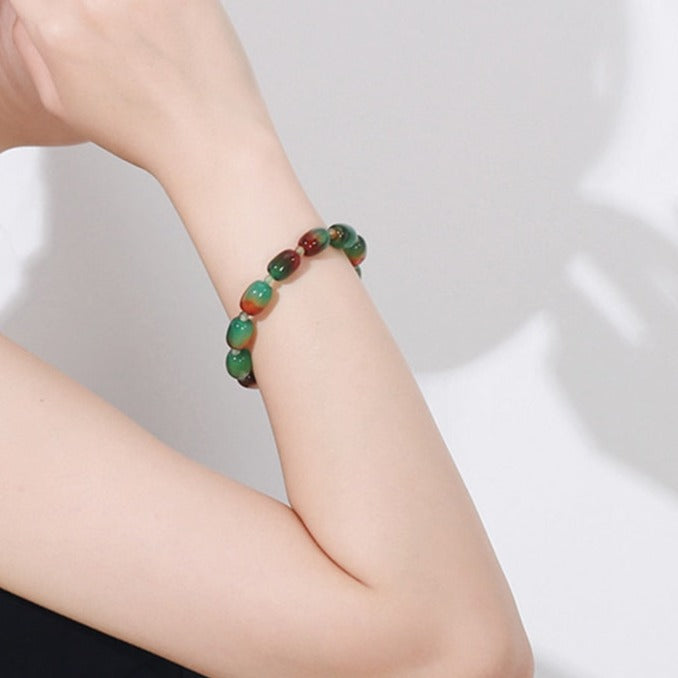Topaz is a mineral belonging to the silicate group. Its chemical composition often includes inclusions of other metals such as iron, magnesium or titanium. Topaz has an orthothorombic crystal system with a conchoidal fracture, its luster is glassy, its vein is white and transparent to translucent. The topaz takes on different colors, the stone can be colorless, green, blue, blue, brown, purple, orange, reddish or golden yellow ... the stone has a very high hardness, reaching the eighth degree of the Mohs scale.
Its density varies between 3.49 and 3.57. Topaz crystals can reach large sizes and a considerable weight of several kilograms, as observed in some Brazilian mines.
The most notable topaz production sites are found, as mentioned, in Brazil, but also in the United States, France and Pakistan.

History of topaz
Although topaz has been known since ancient times, it has not always been called topaz. Opinions differ on the exact origin of its name. For some, the name of topaz would derive from the ancient name of the island of Topazos. The island, located in the Red Sea, would today be called Zabargad (Arabic name for topaz).
For other specialists the word Topazos is a fusion of the words "Topos Azos" which in ancient Greek literally means "place of the desert". Another possible origin of the name topaz is the Sanskrit word "Tupas" which means fire, most likely referring to the brilliant colors of the stone.
The ancient civilizations of the Mediterranean almost all seemed to believe in the supernatural powers of topaz. Protective amulets for the Egyptians, a stone that made them invisible to the Greco-Romans, or a stone that gave the Jews the power of invincibility. It would also be mentioned in the Bible as one of the stones that set Aaron's breastplate.
Another myth would make the topaz one of the twelve stones that would have been used for the foundation of the city of Jerusalem. Looking at all the myths and legends where it appears, we can say with certainty that topaz has fascinated men since the dawn of time.

Virtue of topaz
Lithotherapy recognizes several therapeutic virtues of topaz. The action of the stone would be useful for treating various ailments. Keeping a topaz close to you would ensure a better defense of the organism against viral and microbial aggressions. It would also be very good for treating digestive problems and liver ailments.
Peace stone, it will be able to calm chronic or temporary migraines and headaches. It would also help relax the body and eliminate nervous and muscular tension due to stress and emotional excesses. Topaz would also have a tonic action for the circulatory system and would be very suitable for reducing the risks of varicose veins and thrombosis.
On the psychic level, topaz is the stone of the intellect and of artistic creation par excellence, because it is particularly useful to artists and intellectuals. It helps to keep the mind flexible and to get rid of mental and sentimental rigidities. Topaz would also help better manage public speeches and interventions. It would guarantee a healthy throat, and therefore a more assertive and convincing voice, even more melodious, especially for singers.
In addition, topaz would be a great bulwark against negative emotions and feelings such as anxieties, conscious and unconscious fears, as well as depression. People prone to rapid and excessive anger or chronic bad moods would do well to keep a piece of jewelry or a topaz stone on hand.
On a karmic level, the action of topaz would be especially beneficial for the chakras, the solar plexus, the heart and the throat. Depending on its color, it would have a beneficial effect on all the signs of the zodiac.
To purify the topaz it is recommended to immerse it in distilled and lightly salted water for a few hours. To recharge it optimally, just expose it to the sun's rays on a quartz pile.









